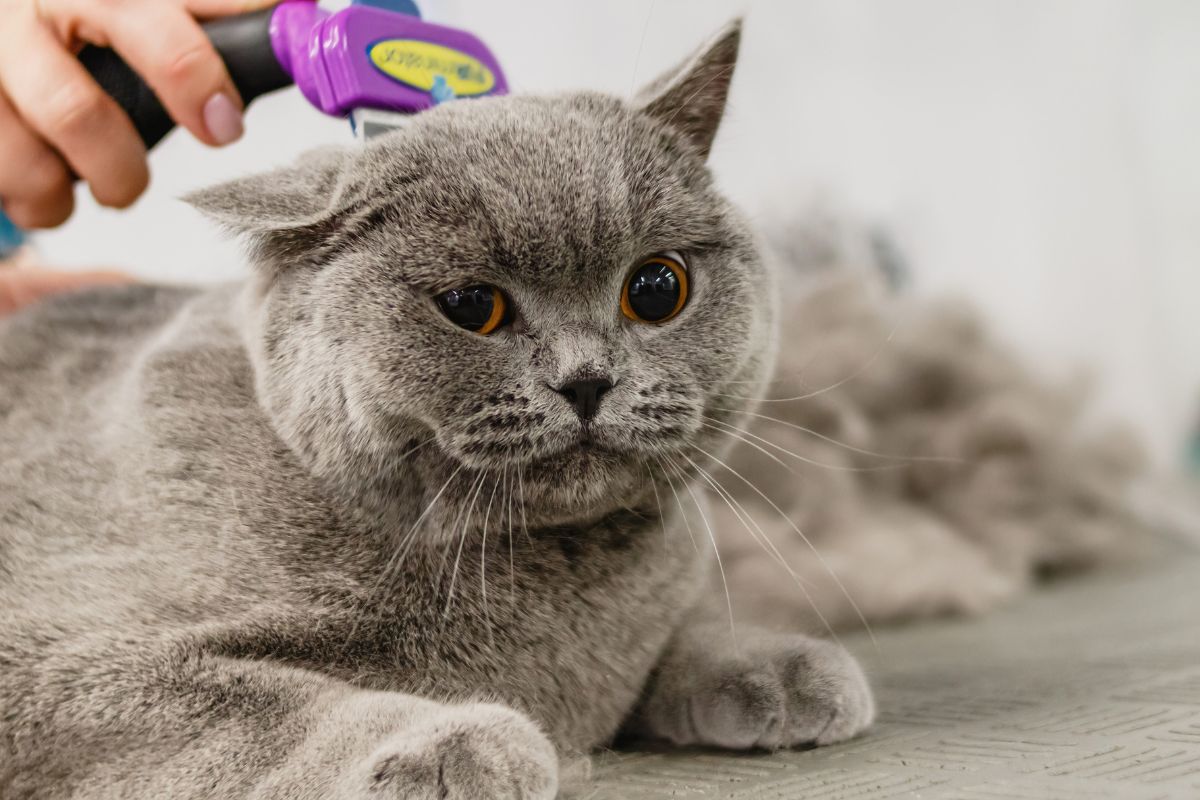
🧼 7 Common Cat Grooming & Wellness Myths — Debunked
Most cat lovers believe that caring for a cat is simple: food, litter, and affection. But when it comes to grooming and wellness, the world is filled with misinformation — and too many myths that leave even well-meaning cat parents guessing.
At Brigite’s Bengals, we’re often asked: “Do cats really need grooming?” or “Is it true indoor cats don’t get sick?” The truth is, cats are resilient, but they thrive best when their care is proactive — not reactive.
Let’s unpack the most common cat care myths and clarify what truly supports a healthy, happy feline.
1. ❌ Myth: Cats Don’t Need Grooming — They Handle It Themselves
While cats are naturally clean, regular grooming by their humans is essential — even for short-haired breeds.
✅ Truth:
- Brushing helps prevent mats, reduce shedding, minimize hairballs, and distribute natural oils for a shinier, healthier coat.
- Grooming also builds trust and allows for early detection of skin issues, lumps, or parasites.
Even once-weekly brushing can make a visible difference in coat quality and comfort — especially for Bengals, who benefit from a polished grooming routine.
2. ❌ Myth: Bathing a Cat Is Unnecessary (and Cruel)
Most cats dislike water — but that doesn’t mean they’ll never need a bath.
✅ Truth:
- Baths can help with skin conditions, shedding, or after messy situations (like rolling in litter).
- Long-haired or high-shedding breeds may benefit from occasional cleansing with a vet-recommended shampoo.
💡 Tip: For cats sensitive to water, grooming wipes or dry shampoos are excellent alternatives between full baths.
3. ❌ Myth: Dandruff or Dry Skin Is Seasonal and Harmless
Flaky skin might seem minor, but it can indicate more serious issues.
✅ Truth:
Dryness or dull fur could signal:
- Low hydration or poor nutrition
- Allergies
- Parasites or underlying illness
For Bengals in particular, coat quality reflects overall health. Persistent dandruff should prompt a closer look at hydration and diet — and possibly a vet visit.
4. ❌ Myth: Indoor Cats Don’t Need Regular Vet Visits
It’s easy to assume that indoor-only cats are safe from most health risks.
✅ Truth:
Even indoor cats are susceptible to:
- Obesity
- Dental disease
- Kidney issues
- Arthritis and joint degeneration
A minimum of one wellness check per year is recommended — more for seniors or cats with special needs.
5. ❌ Myth: Cats Hate Being Groomed — So Don’t Bother
Some cats resist grooming at first — especially if they’ve never been introduced properly.
✅ Truth:
With the right tools and gradual conditioning, grooming can become a bonding routine.
✨ Tips:
- Start with short, gentle sessions
- Use soft brushes or grooming gloves for sensitive cats
- Offer treats and positive reinforcement
- Observe body language — stop before stress escalates
The earlier grooming is introduced (like we do in our cattery), the more natural it becomes.
6. ❌ Myth: Nail Trims Aren’t Necessary for Indoor Cats
Scratching posts help, but they’re not enough to maintain healthy claws.
✅ Truth:
- Overgrown nails can curl into the paw pad or splinter, causing discomfort and infection.
- Regular trims (every 2–4 weeks) prevent injury and protect furniture.
This is especially important for kittens learning to interact with people, as gentle trims reinforce trust and touch tolerance.
7. ❌ Myth: If a Cat Looks Healthy, Everything Is Fine
Cats are masters at masking pain or discomfort — especially Bengals, who remain playful even when something’s off.
✅ Truth:
Preventative care is always better than crisis management. Wellness includes:
- Monitoring changes in appetite or litter box habits
- Watching for behavioral shifts
- Staying current on blood work and dental cleanings
In short: don’t wait for symptoms to appear before taking action.
🐾 Final Thoughts: Good Grooming Is Good Health
Grooming and wellness go hand in hand — not just for show cats or high-maintenance breeds, but for every feline.
At Brigite’s Bengals, we raise our kittens with early exposure to grooming tools, gentle handling, and positive associations. Why? Because confidence and comfort are built early — and last a lifetime.
If you’ve believed any of these myths, you’re not alone. The best cat parents are the ones always learning — and willing to do better, step by step.
Because when it comes to our cats, there’s nothing more rewarding than a clear-eyed, healthy, well-groomed companion who trusts you completely. 🐱✨
